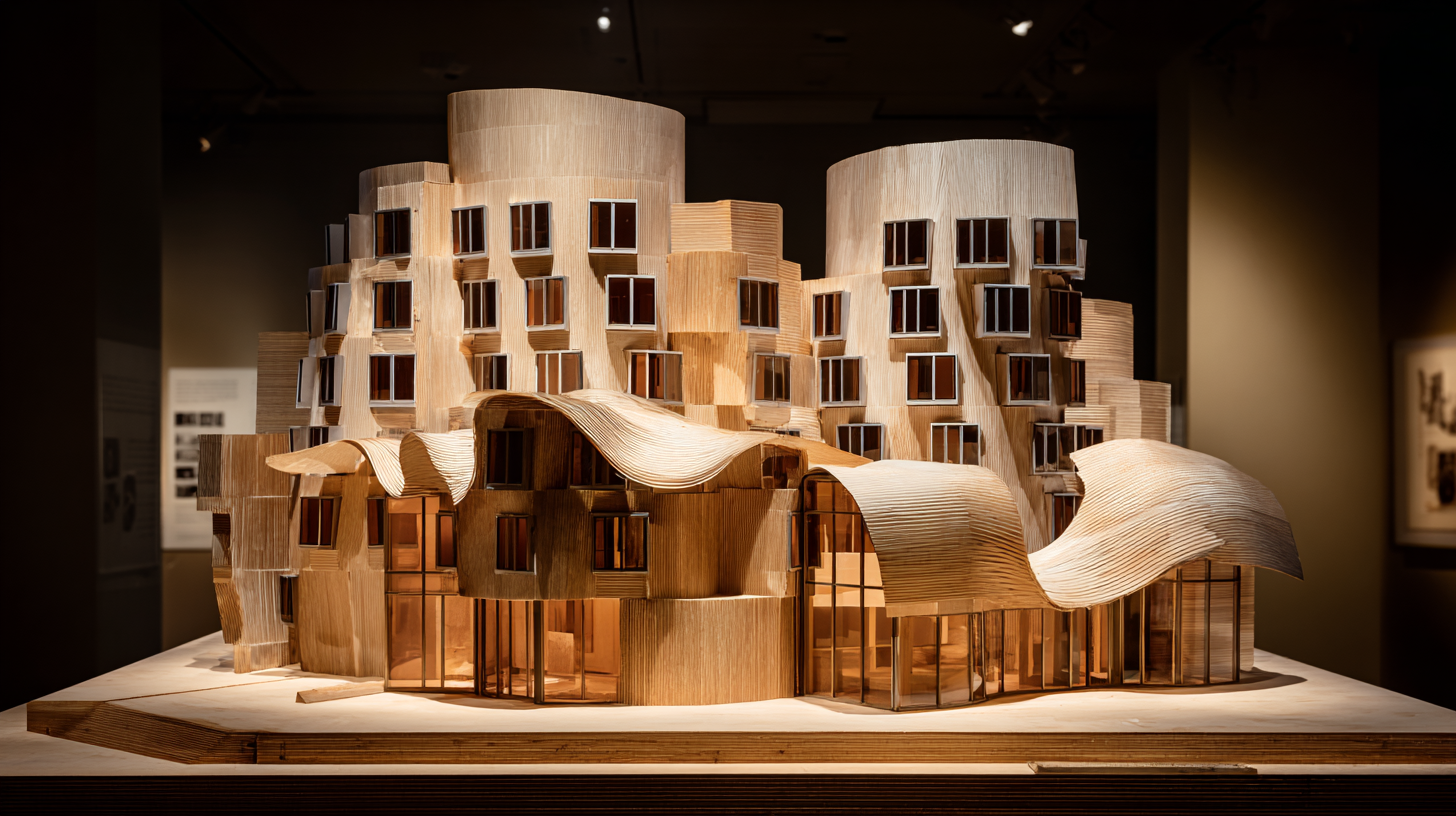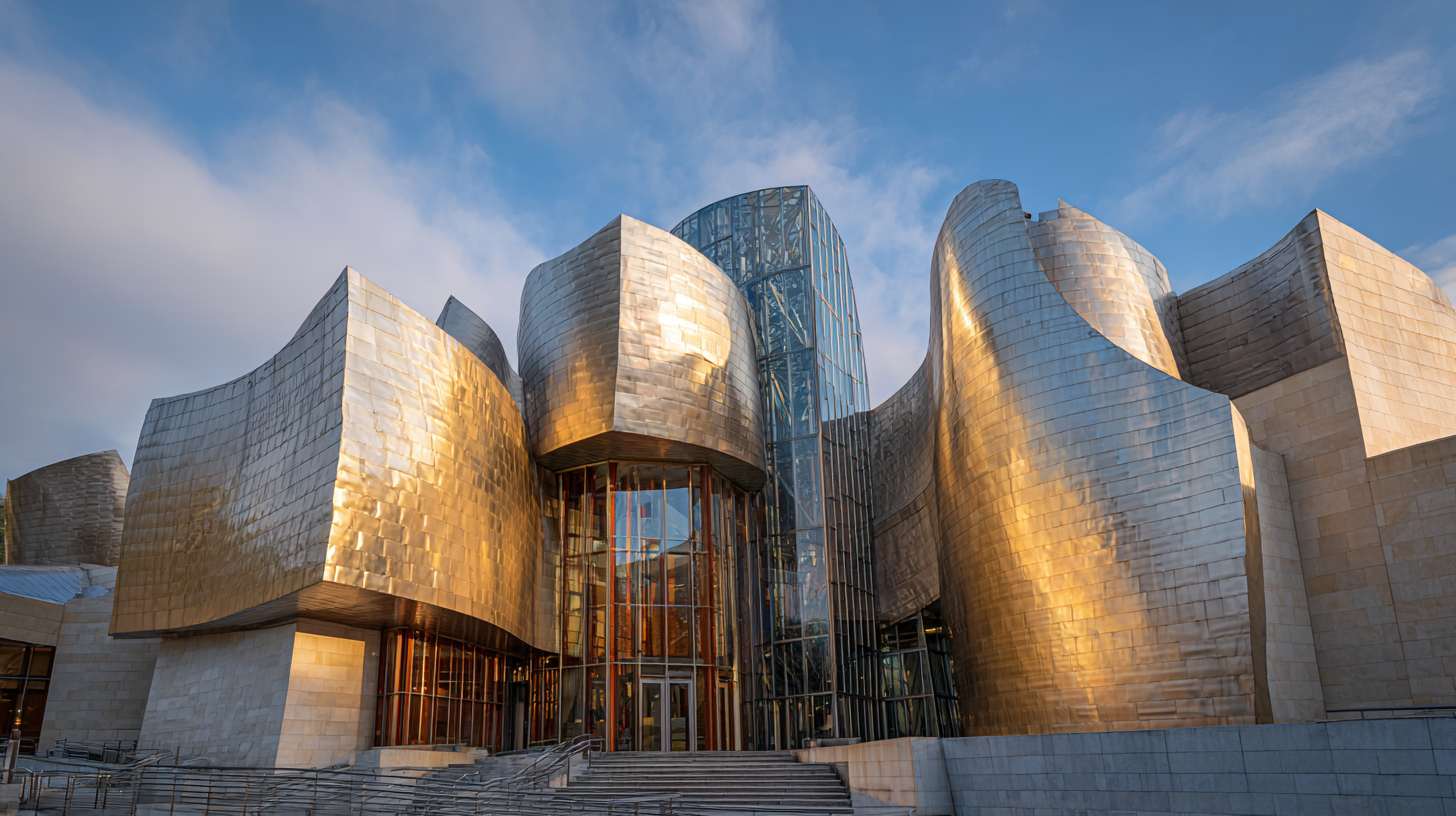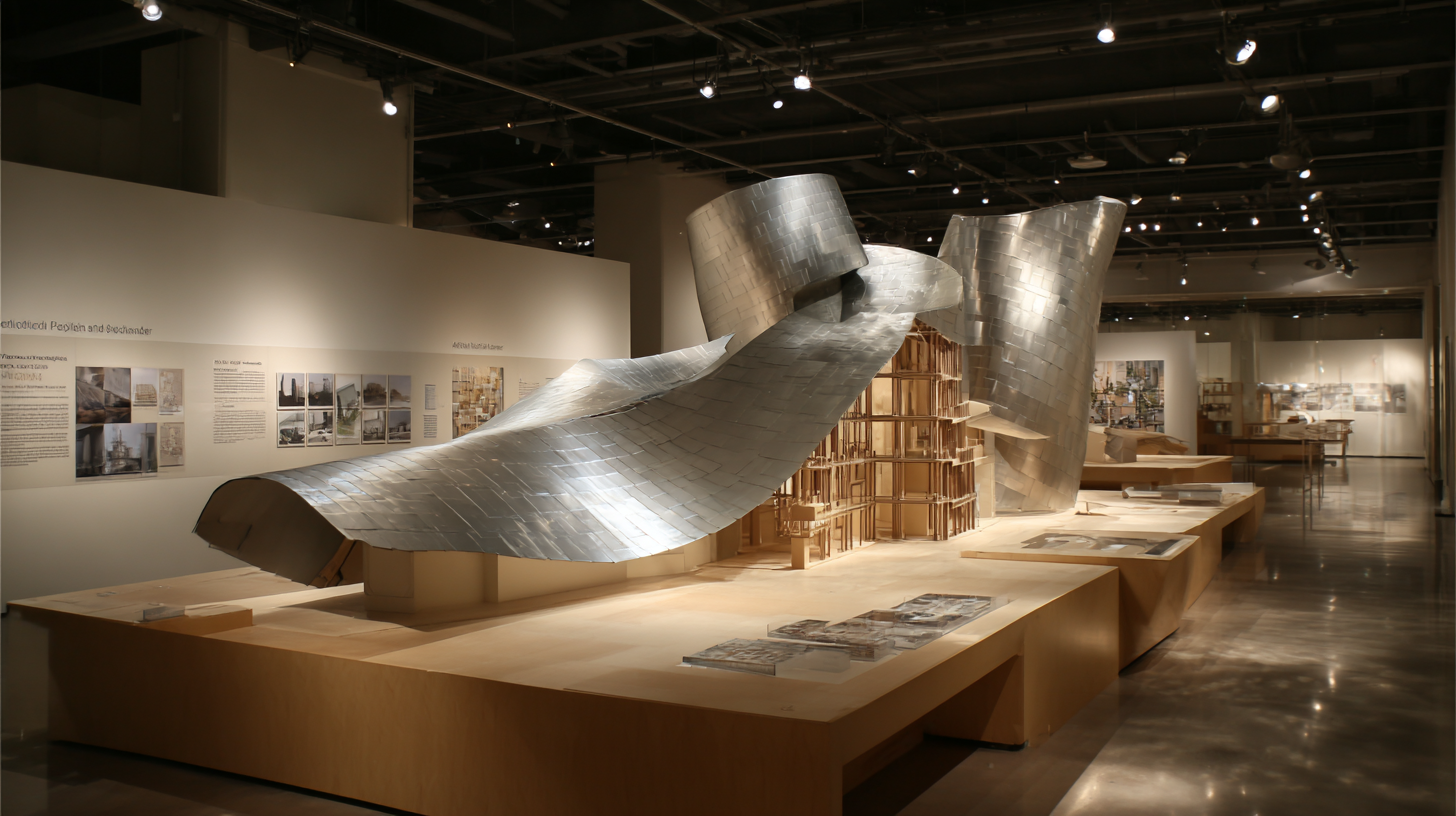Bringing Parametric Visions to Life: Collaboration and Craftsmanship
If parametric metal bending is the new must-have skill, success in using it goes beyond the architect sitting behind a computer. It requires a collaborative effort that spans digital design and hands-on fabrication. One lesson from Frank Gehry’s projects is the importance of involving experts who know how to actually bend metal into shape.
For the Case Western Reserve University building, Gehry’s contractors famously had to invent new techniques to bend steel beams and affix unconventional materials during construction. This underscores a crucial point: architects may script the forms, but skilled manufacturers and builders turn those scripts into reality.
Luckily, the infrastructure to support parametric designs has grown tremendously. Around the world, specialty fabrication firms and advanced factories are equipped with CNC press brakes, robotic rollers, and 5-axis cutting machines — all ready to produce complex metal components. Partnering with the right manufacturer early in the design process can make or break a parametric project. By consulting fabricators about what their machines can do, architects can tailor their digital models for efficient production, avoiding shapes that are theoretically beautiful but impractical to build. It’s a symbiotic relationship: innovative manufacturers empower architects to realize bold designs, and architects push manufacturers to innovate further.
A great example is happening in Ukraine, where Mehbud — a leading architectural metalwork company — works closely with designers to bring custom concepts to life. Based in Kyiv, Mehbud specializes in modern facade systems and metal structures, and offers a full range of services from design through installation. The company is known for its innovative approach: Mehbud provides individual facade system design services, enabling clients to realize unique architectural ideas.
In practice, this means an architect can come to Mehbud with a parametric facade concept and collaborate on the engineering details, material choices, and fabrication methods to make it happen. Crucially, Mehbud has invested in modern equipment and technologies, ensuring that the complex shapes conceived in software can be fabricated with millimeter precision and coated for longevity. Every custom panel or profile is manufactured with impeccable quality and durable anti-corrosion protection, aligning with the highest standards of performance and aesthetics.
This kind of partnership addresses a common concern about adventurous designs: durability and constructability. Architects don’t just want crazy shapes — they want facades that will withstand weather and time. By engaging experts like Mehbud, architects gain access to materials expertise and to practical know-how about connections, mounting systems, and finishes. Advanced fabricators can incorporate mounting features directly into the bending process, so that when the panels arrive on site they fit perfectly and install with ease.
It’s also worth noting that parametric metal design isn’t confined to facades of museums or skyscrapers. The principles can apply at various scales — from a perforated fencing panel with a generative pattern to an undulating metal ceiling feature in a lobby. Manufacturers like Mehbud cover this range: their product line includes fencing profiles, facade profiles, and even interior metal ceilings, all of which can benefit from parametric customization.





